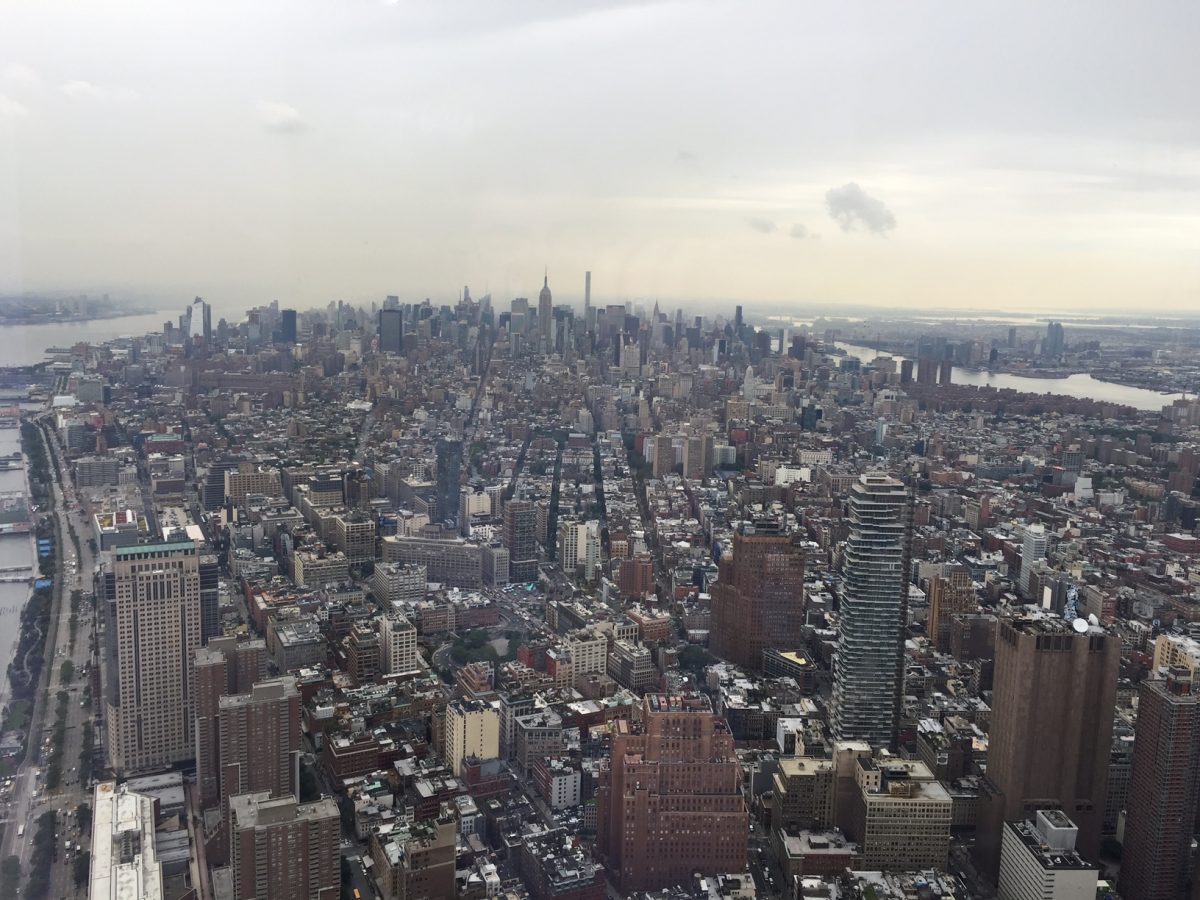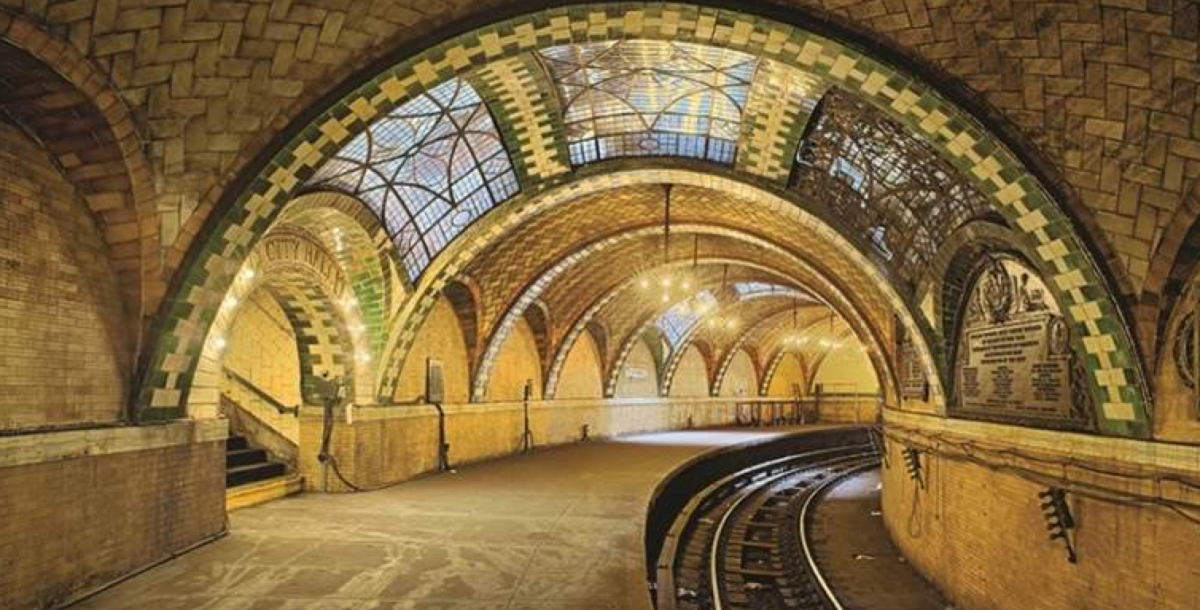Traversing through New York City, named after King Charles II’s brother, the Duke of York, many new arrivals and some long time residents have wondered why the boroughs have their names. This short guide should explain why the boroughs are called what they are:
Manhattan
The origins of the name are not agreed upon. The name Manhattan could be a Dutch corruption of a Lenape or Munsee word for “Place of Many Hills”, “Place Where One Gathers Bows,” or the oft-quoted “Place of General Inebriation.”
Brooklyn
Brooklyn is named after Breukelen, a Dutch village. Various sources say this further translates into “the Broken Land.”
Queens
This borough was named for Queen Catherine of Braganza, the wife of King Charles II, who was the sovereign when the English took what became New York from the Dutch.
Bronx
This area was named after Jonas Bronck, a Scandinavian settler (who was believed to be Danish, Swedish, or Norwegian, depending on who you ask) who was a major landholder in the area in the 1600s.
Staten Island
Staten Island was named by Henry Hudson for the Staten Generaal, then the name of the Parliament for the Netherlands. In 1683, the island was reorganized into Richmond County, named after the Duke of Richmond, illegitimate son of King Charles II.
The naming of the city itself and the outer boroughs follows a consistent pattern with the Age of Discovery in naming areas after important people or landowners (this pattern is repeated all across the U.S., Canada, Australia, and New Zealand), or as a linguistic corruption of already existing local names (which was common at one point in India and is still common in many New York neighborhoods). Another entry regarding some of the neighborhood names will come at another time. You are able to learn this and other history like it on a Sights by Sam tour.


